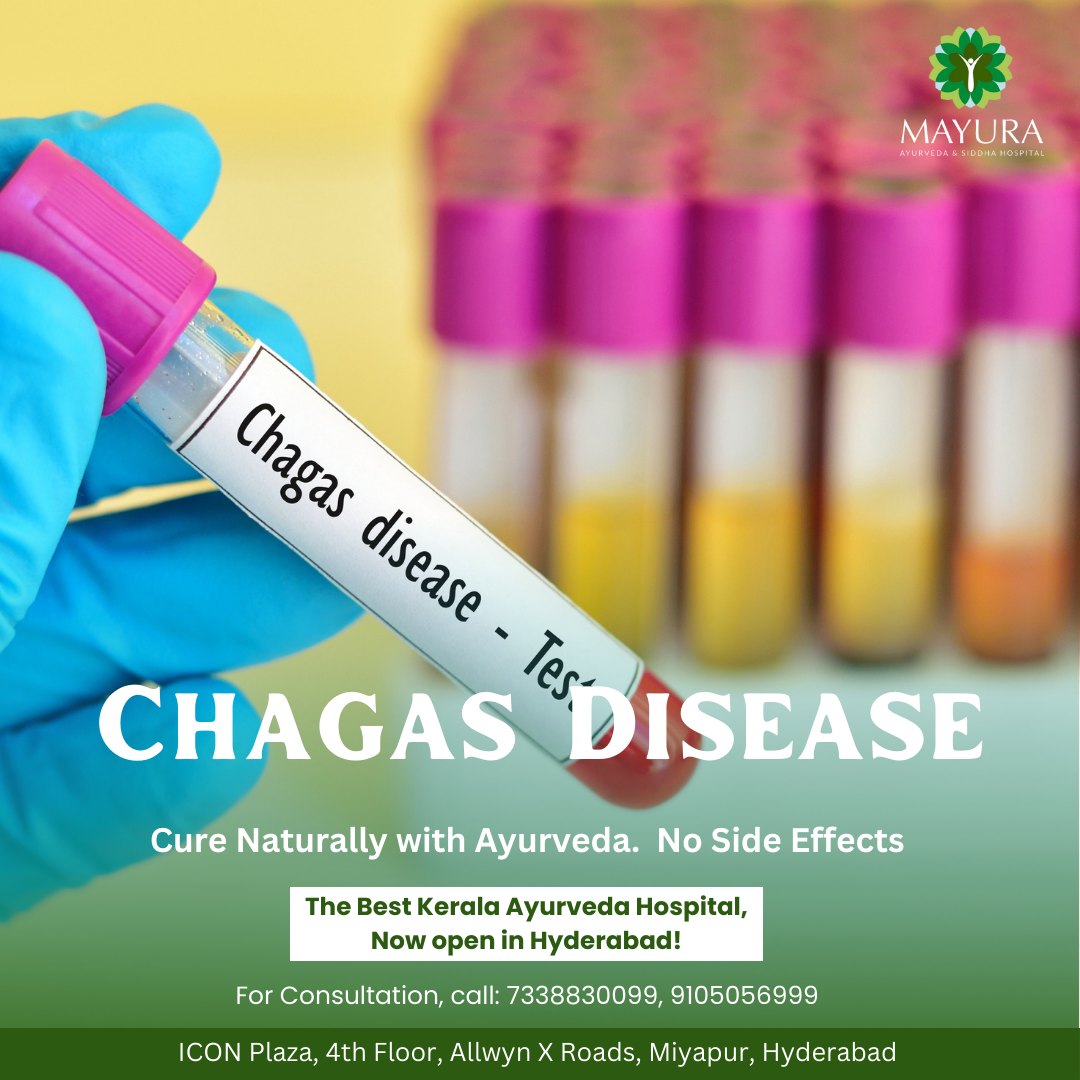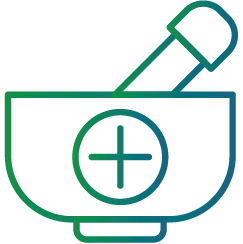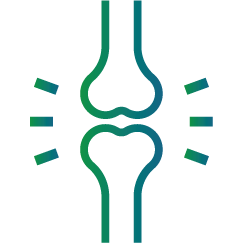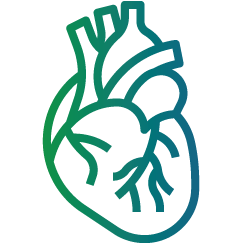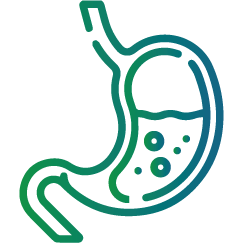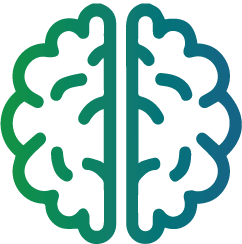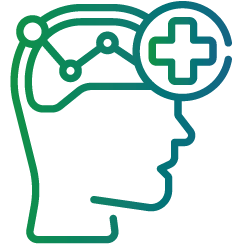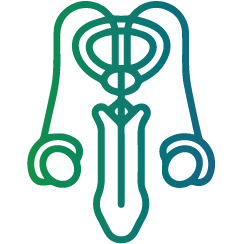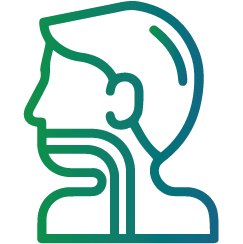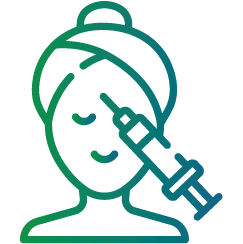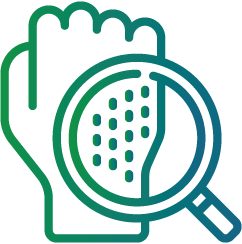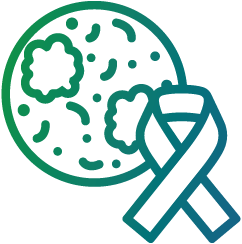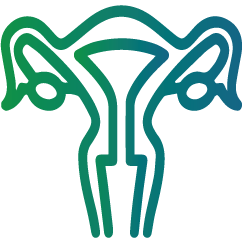Chagas Disease, also known as American trypanosomiasis, is a tropical parasitic infection caused by the protozoan parasite Trypanosoma cruzi. It primarily affects people in Latin America, but with increased travel and migration, it has become a global health concern. Understanding Chagas Disease is crucial for early diagnosis, effective treatment, and prevention. Here, we explore its symptoms, methods of diagnosis, treatment options, and strategies for prevention.
What is Chagas Disease?
Chagas Disease is transmitted to humans through the feces of triatomine bugs, commonly known as “kissing bugs.” These insects typically bite people while they sleep, leaving behind the parasite that causes the infection. The disease can also be transmitted through blood transfusions, organ transplants, from mother to baby during pregnancy or childbirth, and in rare cases, through contaminated food or drink.
Symptoms of Chagas Disease
Chagas Disease manifests in two phases: acute and chronic.
Acute Phase
The acute phase occurs immediately after infection and can last for weeks to months. Symptoms may be mild or absent, but when present, they include:
Fever
Fatigue
Swelling at the site of the insect bite
Rash
Body aches
Headache
Loss of appetite
Diarrhea and vomiting
Swollen eyelids (Romana’s sign)
Chronic Phase
If untreated, the disease can progress to the chronic phase, which can last for decades or even a lifetime. Chronic Chagas Disease can lead to severe complications, including:
Heart complications: Arrhythmias, cardiomyopathy, heart failure, and sudden cardiac arrest.
Digestive issues: Enlargement of the esophagus (megaesophagus) or colon (megacolon), leading to difficulties in swallowing and severe constipation.
Neurological problems: Including stroke.
Diagnosis of Chagas Disease
Diagnosing Chagas Disease involves several steps:
Blood tests: To detect the presence of T. cruzi parasites or antibodies produced in response to the infection.
Electrocardiogram (ECG): To check for heart-related complications.
Imaging tests: Such as X-rays, echocardiograms, and gastrointestinal studies to identify organ damage.
Treatment of Chagas Disease
The treatment of Chagas Disease depends on the phase of the infection:
Acute Phase Treatment: Antiparasitic medications like benznidazole or nifurtimox are used to eliminate the parasite. Early treatment is crucial for effectiveness.
Chronic Phase Treatment: Focuses on managing symptoms and complications. This may include medications to control heart rhythm, pacemakers, surgery for gastrointestinal complications, and other supportive treatments.
Prevention of Chagas Disease
Preventive measures are essential to reduce the risk of Chagas Disease, especially in endemic areas:
Avoiding Triatomine Bugs: Using insect repellent, sleeping under insecticide-treated bed nets, and improving housing conditions to prevent bug infestations.
Screening Blood Donations: Ensuring blood and organ donations are screened for T. cruzi.
Pregnancy Precautions: Pregnant women in endemic areas should be tested to prevent mother-to-child transmission.
Food Safety: Avoiding consumption of food and drinks that may be contaminated with T. cruzi.
Conclusion
Chagas Disease poses a significant health threat, particularly in tropical regions. Awareness of its symptoms, prompt diagnosis, effective treatment, and preventive strategies are critical in managing and controlling this disease. If you live in or travel to areas where Chagas Disease is prevalent, take necessary precautions and consult healthcare professionals for regular screenings and advice.

